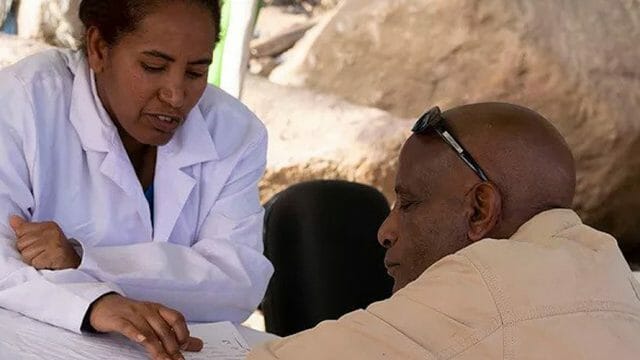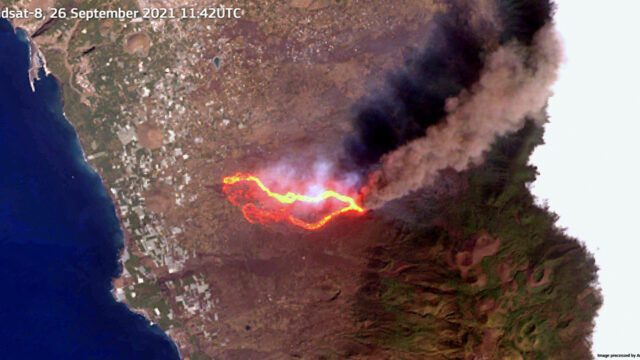The long-standing position of the Seventh-day Adventist Church

The question of military service arose early in the history of the Seventh-day Adventist Church. Officially organized in 1863 during the height of the United States’ Civil War, the new denomination almost immediately had to wrestle with how its members would respond to the call of arms.
As with other difficult questions, the pioneer leaders studied the issues, using the Bible as their guide, and concluded the position most consistent with biblical principles was noncombatancy (the conscientious objection to bearing arms).
By 1864 the young church had successfully appealed to the United States’ Federal government for an official designation of noncombatancy, a position that it has consistently held ever since.
STATEMENT ON NONCOMBATANCY
In the years following World War II, the Adventist Church further elaborated on its noncombatancy position by approving a document, “The Relationships of Seventh-day Adventists to Civil Governments and War,” at the General Conference session in 1954. The statement was reaffirmed and further refined at the 1954 and 1972 Annual Councils of the General Conference Executive Committee. The statement reads, in part:
“Genuine Christianity manifests itself in good citizenship and loyalty to civil government. The breaking out of war among men in no way alters the Christian’s supreme allegiance and responsibility to God or modifies their obligation to practice their beliefs and put God first.”
“This partnership with God through Jesus Christ who came into this world not to destroy men’s lives but to save them causes Seventh-day Adventists to advocate a noncombatant position, following their divine Master in not taking human life, but rendering all possible service to save it.”1
“Noncombatant service” is defined as “(a) service in any unit of the armed forces which is unarmed at all times; (b) service in the medical department of any of the armed forces . . .; or (c) any other assignment of the primary function of which does not require the use of arms in combat; provided that such other assignment is acceptable to the individual concerned and does not require them to bear arms or to be trained in their use.”2
NOT A TEST
In addition to taking a noncombatancy position, the Seventh-day Adventist Church encourages its members not to join the military. Nevertheless, it is not a test of church membership.
According to Adventists in Uniform, the Web site of the church’s Adventist Chaplaincy Ministries, the church “does not seek to be the conscience for any member or commander,” but rather seeks to “inform the conscience and behavior of both, so decisions can be made with maximum understanding and thought.”3
The Adventist Church understands that in some countries, noncombatancy options are not available, and Adventists are required to serve in their country’s military. Even then, young believers are encouraged to find ways to be faithful to God while serving their country. If members find themselves in the military, whether by personal choice or conscription, the church, through Adventist Chaplaincy Ministries and other avenues, tries to minister to them spiritually.
SAVING LIFE
Seventh-day Adventists have maintained their historic witness in favor of peace and noncombatancy throughout the 155 years of the church’s existence. This position has not been hidden: in the most public manner possible, Adventist Church leaders periodically have called on world leaders to avoid conflicts and seek the Prince of Peace, who came that we might “have life and . . . have it more abundantly” (John 10:10).
Probably the best-known Seventh-day Adventist noncombatant was Desmond Doss, who served as a medic in the United States Army during World War II. Doss is best known for saving the lives of 75 of his fellow soldiers during a fierce battle on the island of Okinawa.
This act of courage earned Doss the U.S. Congressional Medal of Honor. He was the first, and one of only three conscientious objectors, ever to receive this honor.
The concept of saving life rather than taking life is illustrated powerfully in the interaction of Jesus with His disciples, recorded in Luke 9:52-56. Jesus was on His final journey to Jerusalem. Along the way, He hoped to spend a short time in a Samaritan village and sent messengers ahead to make some preparations. When He came to the village, however, He was refused hospitality because the people had learned He was on His way to Jerusalem. This is just one indication of the animosity between Samaritans and Jews.
Knowing that Jesus wanted only to bring a blessing, and furious that they would treat their Master so rudely, James and John offered to annihilate their perceived enemies by commanding “fire to come down from heaven” (Luke 9:54).
To their surprise, however, Jesus rebuked their militant attitude. “You do not know what manner of spirit you are of,” He told them. “For the Son of Man did not come to destroy men’s lives but to save them” (verse 55, 56).
On another occasion, in the Garden of Gethsemane, when a close disciple of Christ decided it was time to use a weapon, Jesus reproved him, stating, “Put your sword in its place, for all who take the sword will perish by the sword” (Matt. 26:52).
These verses point at the heart of why the Seventh-day Adventist Church has always and continues to take a noncombatant stance regarding military service. Following the example and teaching of our Savior, we are here to save life, rather than take it.
A PEOPLE OF PRAYER
We Seventh-day Adventists need to be people of prayer. While the world is engaged in battles that can be seen, many invisible but very real battles of the great controversy are going on every day. Satan and his angels are battling against each one of us, striving at last to claim this world as his own.
We need to pray for our countries, wherever we are in the world, and for the leaders of our countries. We need to pray for our fellow members, for our world church, and the unusual challenges regarding military service around the world. And most of all, we need to pray for peace—the peace that only Jesus can bring now, and in His kingdom to come, where there will be no more wars.
“And God shall wipe away all tears from their eyes; and there shall be no more death, neither sorrow, nor crying, neither shall there be any more pain: for the former things are passed away” (Rev. 21:4, KJV). Let us pray that God will use us in Total Member Involvement to reach others with the lifesaving power of the gospel through Jesus Christ, the Prince of Peace and our coming King.
1 Available at “What Does Non-Combatantcy Mean?” Adventists in Uniform, http://adventistsinuniform.org/military-service/non-combatancy/.
2 Ibid.
3 Ibid.
Ted N. C. Wilson is president of the worldwide Seventh-day Adventist Church. Additional articles and commentaries are available from the president’s office on Twitter: @pastortedwilson and on Facebook: @Pastor Ted Wilson.








